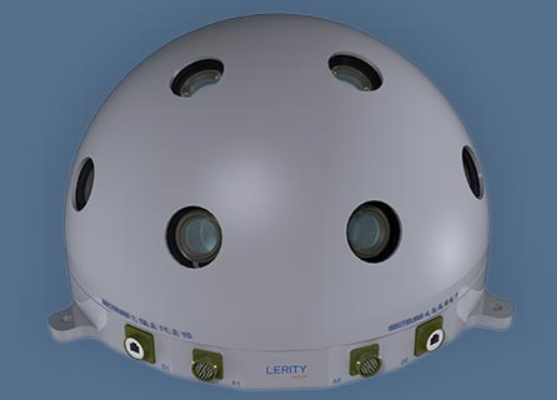French Armed Forces to Explore an “Innovative” Anti-drone Sensor
France’s Defense Innovation Agency announced its plan to explore the development of a new type of anti-drone sensor based on optometrics, as opposed to the more traditional electromagnetics. The companies tasked with this endeavor are Lerity for optronics and Inpixal for image processing. The project, called HEMISPACE, aims to create a sensor that can detect and track drones in a more efficient and precise manner. The development is to be spearheaded by a French company called “Lerity”, which specializes in optronics, with support of “Inpixal”, with its focus on image processing technology.
Anti-drone technology has become increasingly important in recent years, as the use of combat drones has become more widespread. This was made evidently clear with recent conflicts such as the Second Nagorno-Karabakh War and the Russian invasion of Ukraine, as drones have played a very significant role in both.
The current scope of HEMISPACE is to develop prototypes of an optics-based sensor intended to detect micro UAVs. More specifically, the planned features include the ability to detect drones in urban areas, both alone and in swarms, at distances over 1km, where classic RF analyzers usually start to falter. “Bright HEMISPACE” is also said to be planned, which would feature infrared light sources spread all over the sensor’s half-sphere, to enable it to work at night. Additionally, once the first stages of the testing are complete, HEMISPACE intends to develop a solution for covering entire areas at once by networking a group of sensors together.
According to Lerity, the company behind the project, the sensors could be used in: “all situations requiring the rapid deployment of a protection bubble, but also for the protection of critical infrastructure, including airports, various institutions or industrial and sports facilities”
Levity plans to finish the first stages of testing before the Olympics in Paris in 2024.
Header image: Early prototype of a HEMISPACE sensor.

